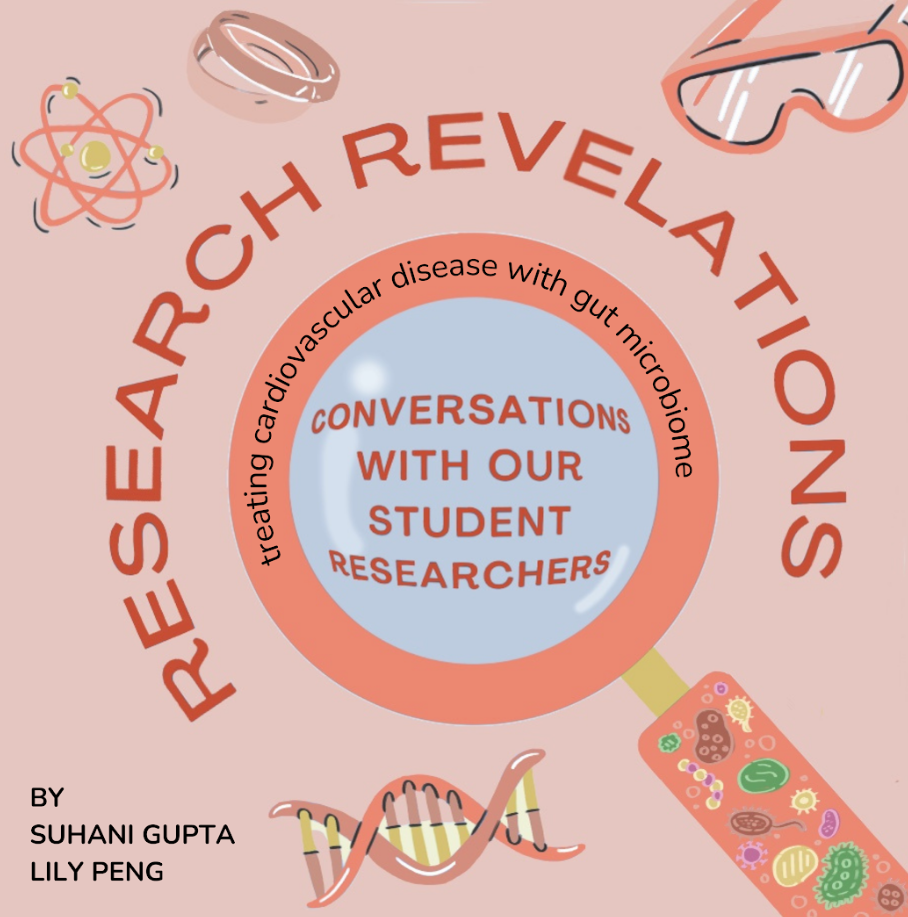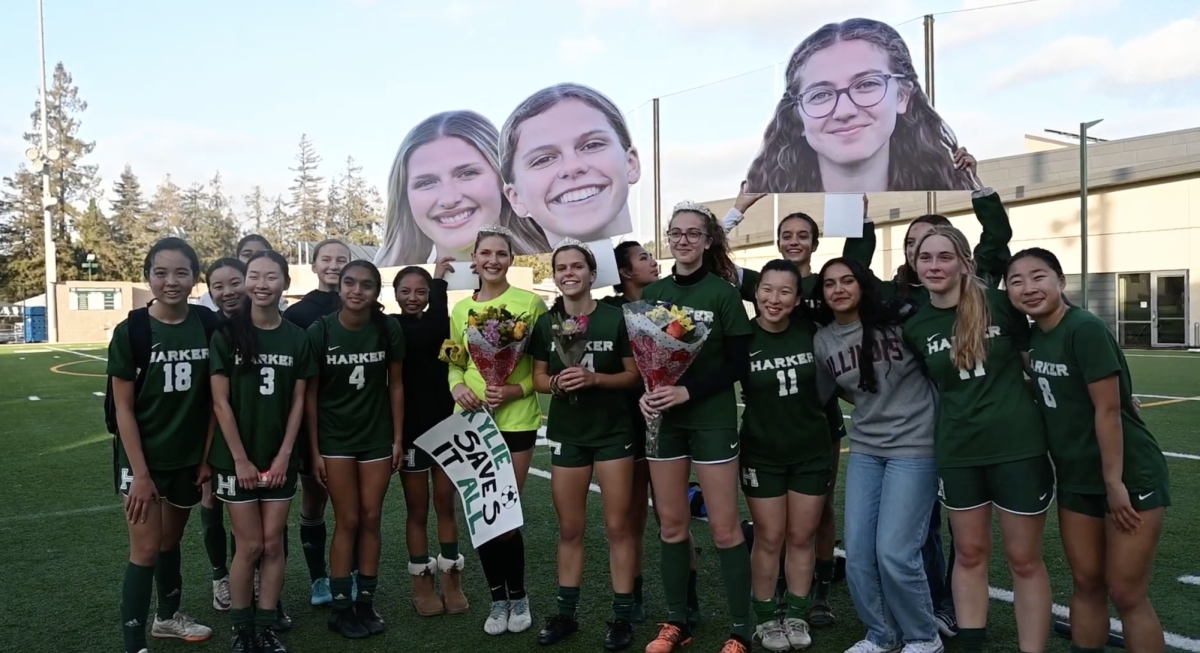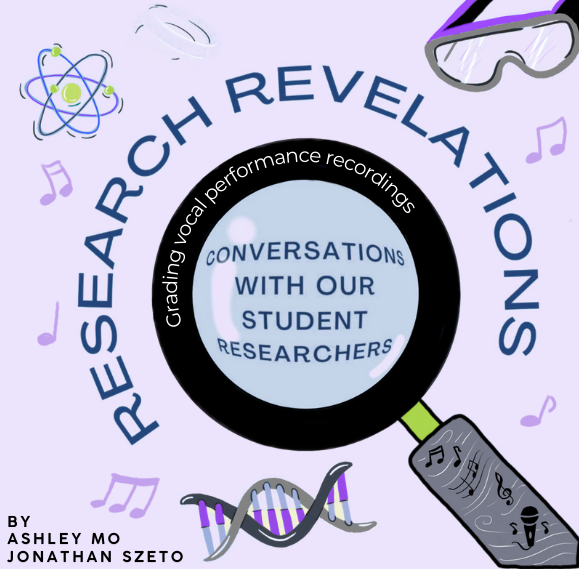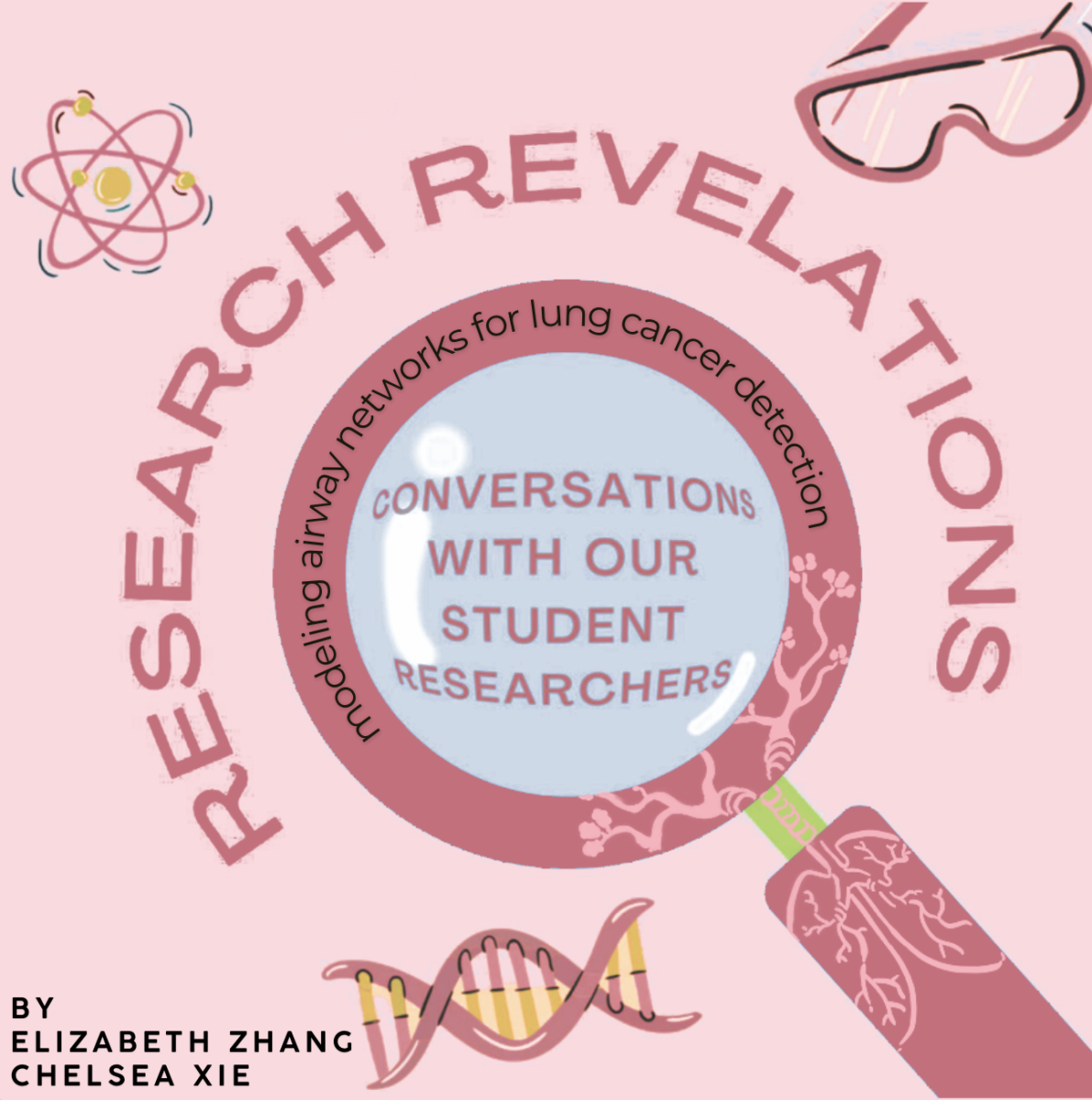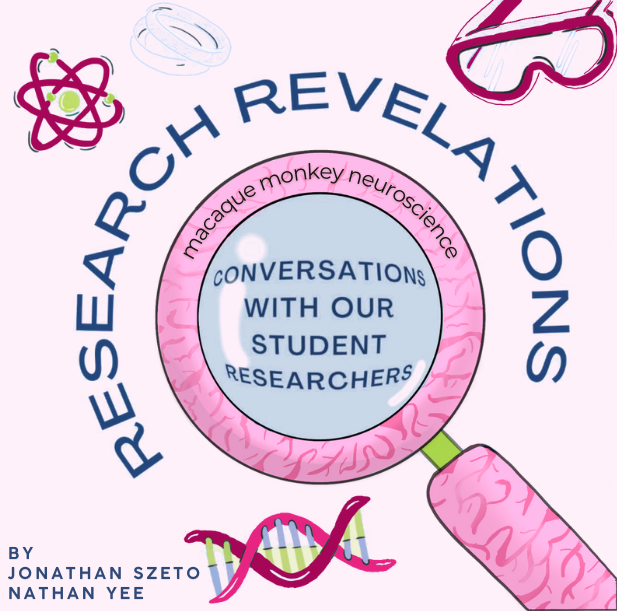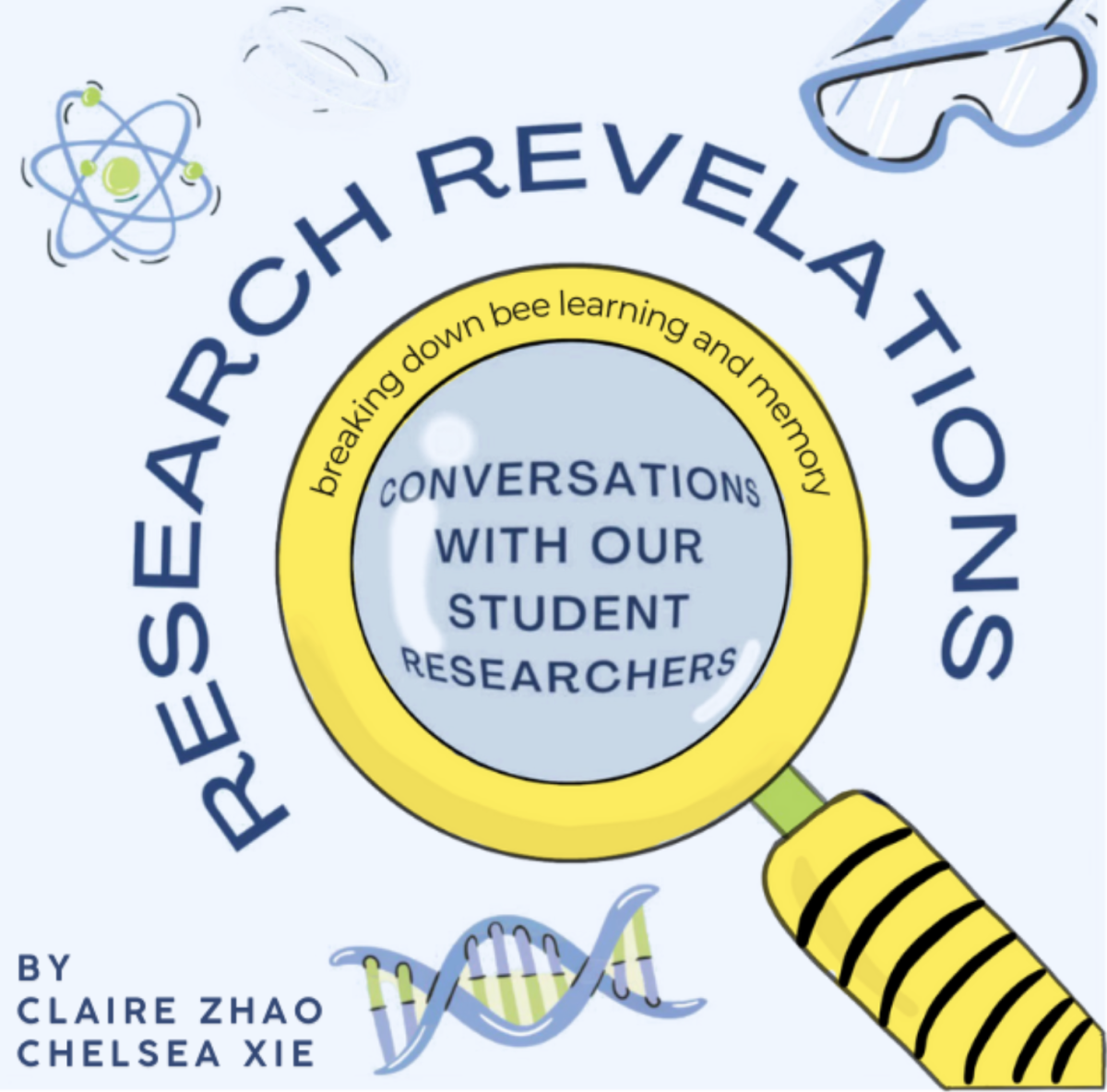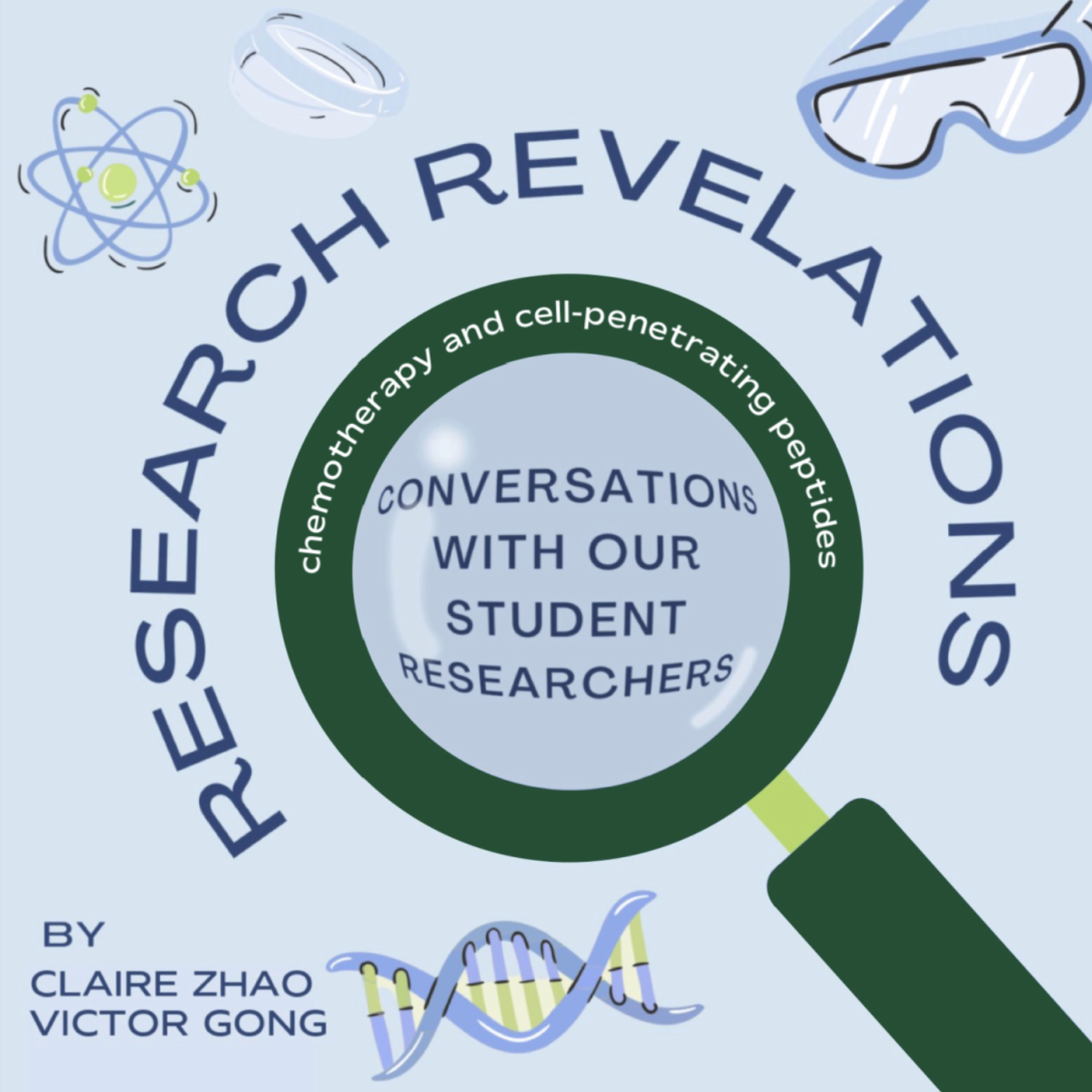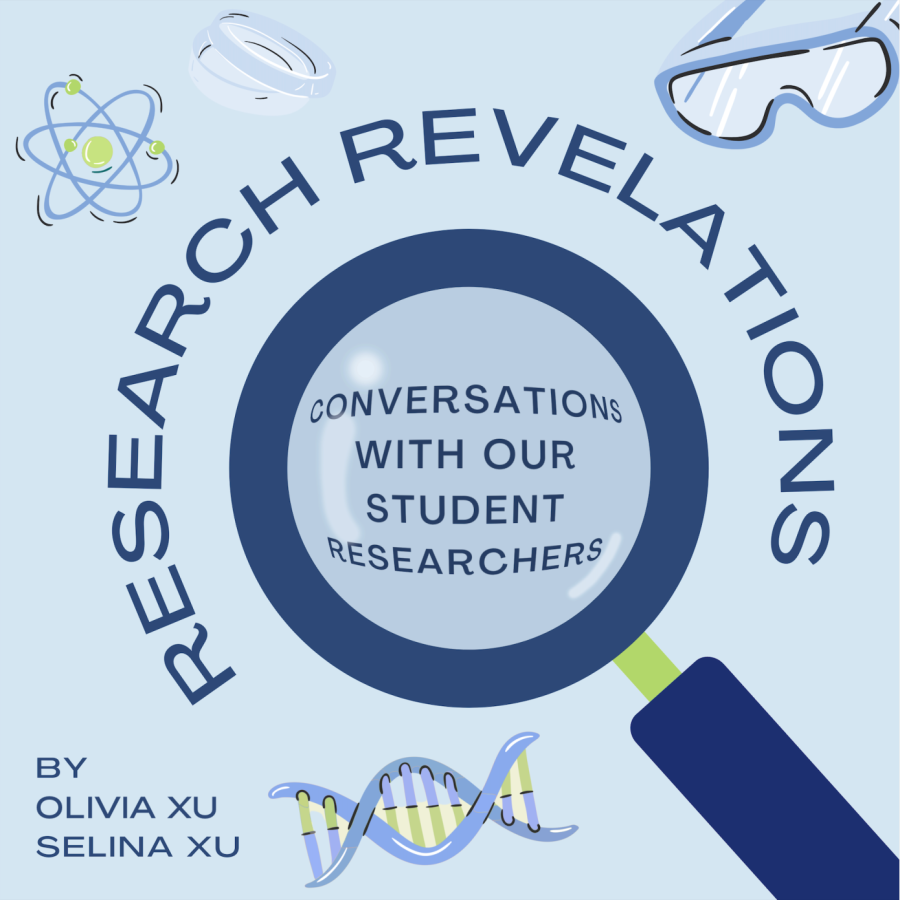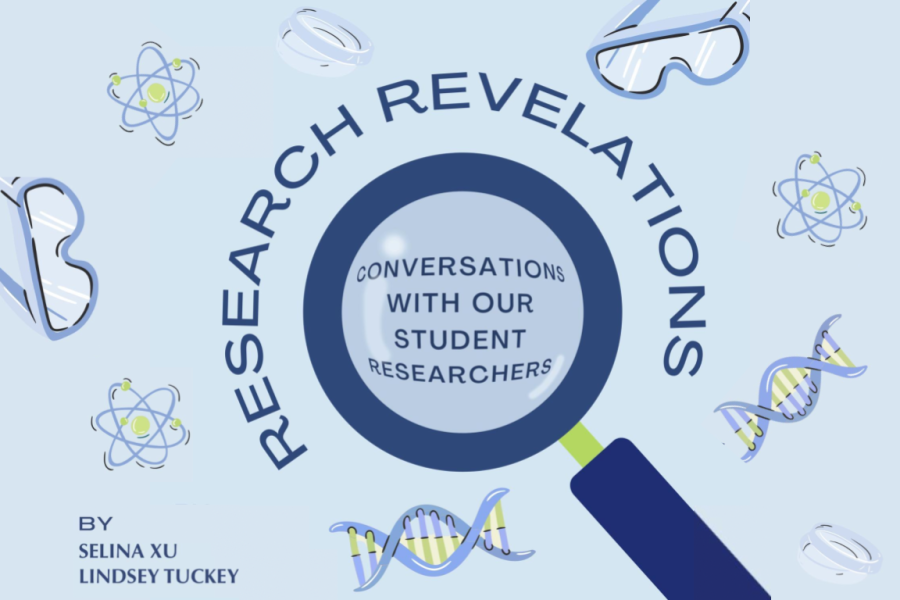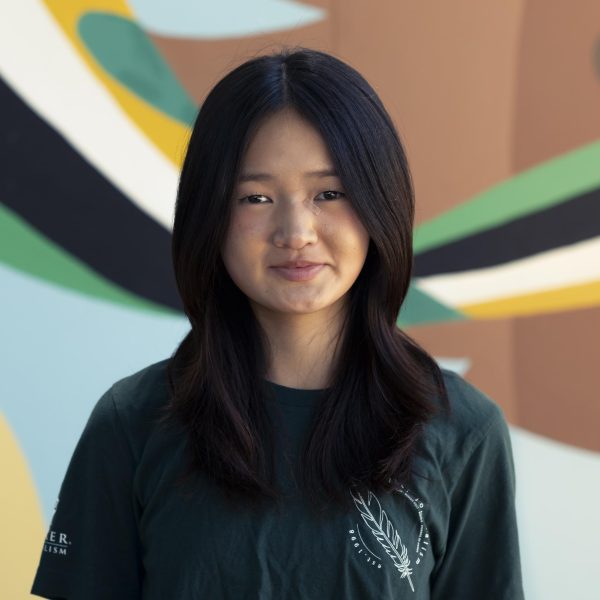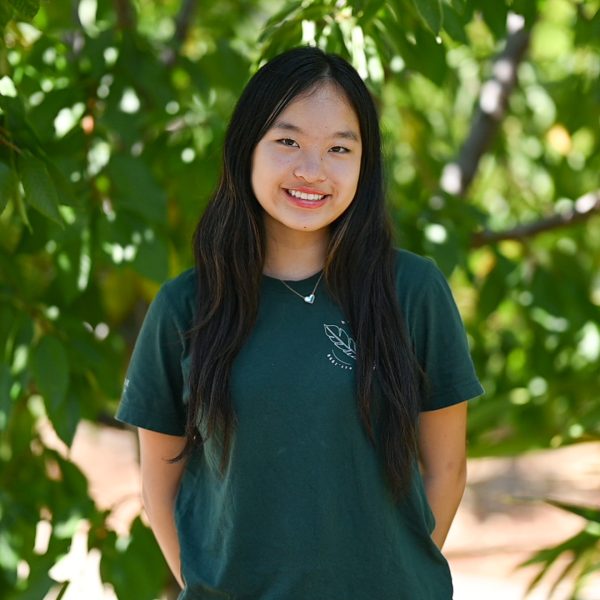This is the fifth installment of Research Revelations: Conversations with our student researchers, a podcast where Aquila staff members talk to student researchers about their projects and research goals. In this episode, Aquila managing editor Charlize Wang and STEM editor Ashley Mo meet with junior Victoria Ma to discuss her work in marine biotoxins.
Ashley: Hi everyone, I’m Ashley.
Charlize: I’m Charlize.
Ashley: And welcome back to Research Revelations: Conversations With Our Student Researchers.
Charlize: Today, we’re with junior Victoria Ma to talk about her work with the development of a system to predict marine biotoxins along the California coast.
Ashley:: We are so excited to have Victoria today. Our first question is, what is the basis of your research project?
Victoria: My research focuses on a group of marine biotoxins, which are toxic substances produced by certain algae in the ocean, and common species along the California coast are Pseudo-nitzschia and Alexandrium.
Charlize: That sounds really interesting. So, what specific toxins did you work with?
Victoria: The two that I was working with were saxitoxin and domoic acid. When mammals ingest the shellfish, it can cause really serious health issues such as diarrhea, nausea, even paralysis, memory loss — depending on the type of toxin that is present. The contamination of marine biotoxins in California is a direct threat to public health, and current monitoring strategies mostly involve infield testing, which can be laborious and also time consuming. My goal was to develop a system to predict the concentrations of saxitoxin and domoic acid along the coast so that we were able to forecast ahead of time the concentrations of these toxins in various locations of shellfish farms and forage sites.
Charlize: And what came out of this?
Victoria: I developed a system called the California Marine Biotoxin Management System, which can provide predictions with up to 90% accuracy for five weeks in multiple California locations for the two types of toxins that I was discussing before, domoic acid and saxitoxin.
Ashley: And what sea animals did you research?
Victoria: I was working with California mussels, Pacific oysters, and also Pacific razor clams.
Ashley: This project seems really unique, and I was just wondering, were you always interested in marine biology?
Victoria: I had the opportunity to start researching pretty early. In sixth grade, I first dipped my toes into environmental science. My project then was on the effects of fertilizer on algae growth, and I am really, really grateful for my elementary school and middle school teachers for those early exposures to science fairs. I think that as I grew, this hobby of science fairs evolved into more professional research.
Ashley: How did you come across this topic?
Victoria: I think as you dive deeper and deeper into a field such as environmental science, you find more and more problems that you want to solve. When I came across the topic of marine biotoxins, it’s definitely not a topic that people think about on a daily basis, but I think the consequences of a contamination event are so serious that even if a small amount slips past notice, the results of that can be really, really disastrous.
Charlize: What methods or techniques did you use in your project? Could you walk us through the process?
Victoria: The overarching process will be like the process that many researchers take, and I first began by trying to find a problem that I was interested in by observing the world around me, the community around me in California and what issues there were in terms of biology, in terms of environmental science. Algae-related environmental topics was a field that I was already familiar with from previous research. Initially, to deepen my understanding of marine biotoxins and current monitoring strategies, I reached out to various government organizations and agencies to learn about the status quo of environmental management surrounding this area. And I think with those conversations, I really gained a deeper scope of knowledge of what is already being done so that I was able to narrow down my own research gap as to what I wanted to use my own skills to achieve with my project. So from there, I aimed to create a system, and at the beginning of this process, I literally had no idea how it was going to turn out. I had very little clue about what the final product is actually going to look like. Starting with collecting the data sets, that too, I had to really reach out to these pretty niche organizations and agencies that have been working on the infield monitoring to collect the historical data sets, not just on biotoxin measurements but also other environmental variables. And after the development of the database, obviously model development with comparing different algorithms and then actually cleaning, processing the data from each location to create location specific models and then developing a sensor for more real time detections and then obviously a front end interface with a web application.
Charlize: And then throughout your research project, were there any obstacles or challenges that you came across?
Victoria: During the experimental process, you’re obviously going to find problems, like “Oh, there’s bugs in my code, or something is wrong with how the wires are connected for the sensor.” But I think on a grander scale, the biggest obstacles that not just I faced, but most researchers face, is getting started. There’s a lot of uncertainty involved in that process, and the obstacle is that uncertainty, and being ok with embracing that uncertainty.
Charlize: What did you learn from this research project both personally and academically?
Victoria: Throughout the project, I learned not just more about technical elements, grit work, but I also learned more about myself and my role in the world. It was really fascinating to learn new things about myself, like how I handle challenges, and project management skills, and even just leadership skills in taking initiative for myself and pushing myself to reach new targets and reach new goals.
Charlize: Thank you so much for joining us on this podcast.
Victoria: Yeah, thanks for having me here.
Ashley: If you’re a student researcher and would like to be featured next, please feel free to email us at [email protected].
Charlize: This is Charlize.
Ashley: And this is Ashley.
Charlize: And we’ll see you next time.


















![“[Building nerf blasters] became this outlet of creativity for me that hasn't been matched by anything else. The process [of] making a build complete to your desire is such a painstakingly difficult process, but I've had to learn from [the skills needed from] soldering to proper painting. There's so many different options for everything, if you think about it, it exists. The best part is [that] if it doesn't exist, you can build it yourself," Ishaan Parate said.](https://harkeraquila.com/wp-content/uploads/2022/08/DSC_8149-900x604.jpg)




![“When I came into high school, I was ready to be a follower. But DECA was a game changer for me. It helped me overcome my fear of public speaking, and it's played such a major role in who I've become today. To be able to successfully lead a chapter of 150 students, an officer team and be one of the upperclassmen I once really admired is something I'm [really] proud of,” Anvitha Tummala ('21) said.](https://harkeraquila.com/wp-content/uploads/2021/07/Screen-Shot-2021-07-25-at-9.50.05-AM-900x594.png)







![“I think getting up in the morning and having a sense of purpose [is exciting]. I think without a certain amount of drive, life is kind of obsolete and mundane, and I think having that every single day is what makes each day unique and kind of makes life exciting,” Neymika Jain (12) said.](https://harkeraquila.com/wp-content/uploads/2017/06/Screen-Shot-2017-06-03-at-4.54.16-PM.png)








![“My slogan is ‘slow feet, don’t eat, and I’m hungry.’ You need to run fast to get where you are–you aren't going to get those championships if you aren't fast,” Angel Cervantes (12) said. “I want to do well in school on my tests and in track and win championships for my team. I live by that, [and] I can do that anywhere: in the classroom or on the field.”](https://harkeraquila.com/wp-content/uploads/2018/06/DSC5146-900x601.jpg)
![“[Volleyball has] taught me how to fall correctly, and another thing it taught is that you don’t have to be the best at something to be good at it. If you just hit the ball in a smart way, then it still scores points and you’re good at it. You could be a background player and still make a much bigger impact on the team than you would think,” Anya Gert (’20) said.](https://harkeraquila.com/wp-content/uploads/2020/06/AnnaGert_JinTuan_HoHPhotoEdited-600x900.jpeg)

![“I'm not nearly there yet, but [my confidence has] definitely been getting better since I was pretty shy and timid coming into Harker my freshman year. I know that there's a lot of people that are really confident in what they do, and I really admire them. Everyone's so driven and that has really pushed me to kind of try to find my own place in high school and be more confident,” Alyssa Huang (’20) said.](https://harkeraquila.com/wp-content/uploads/2020/06/AlyssaHuang_EmilyChen_HoHPhoto-900x749.jpeg)




